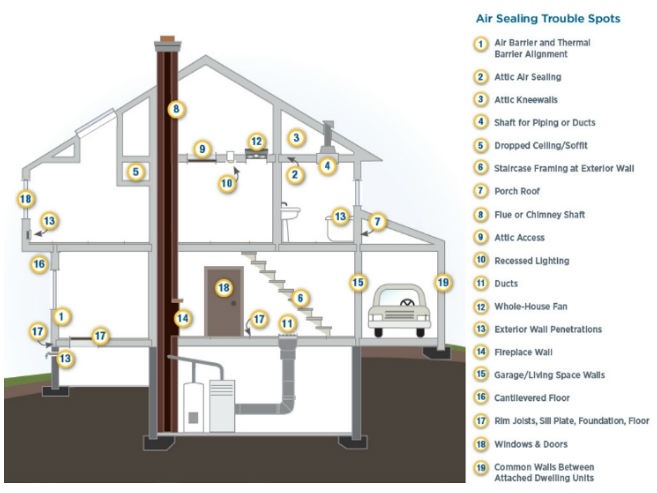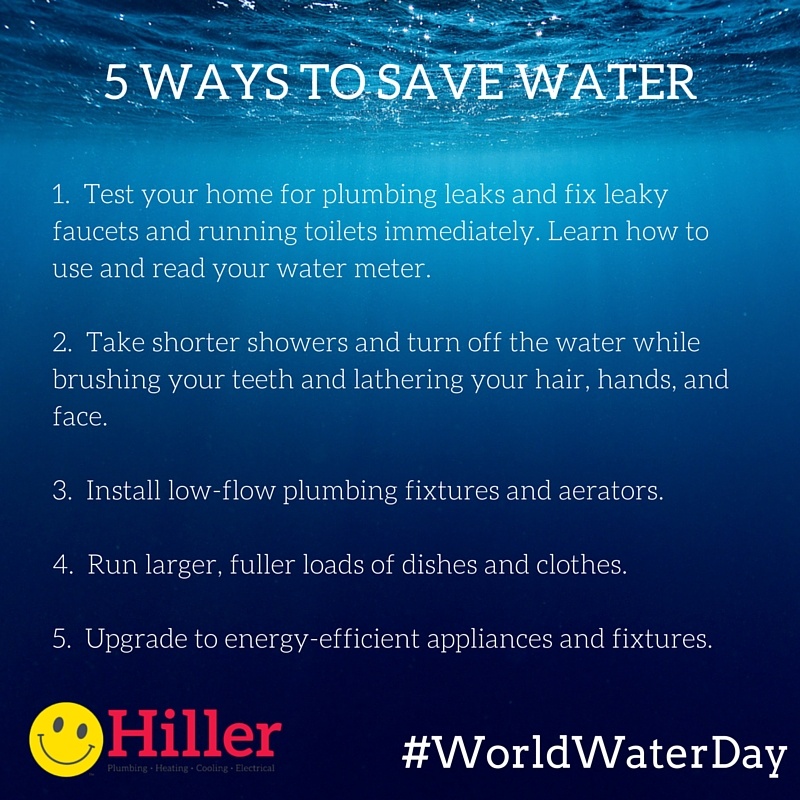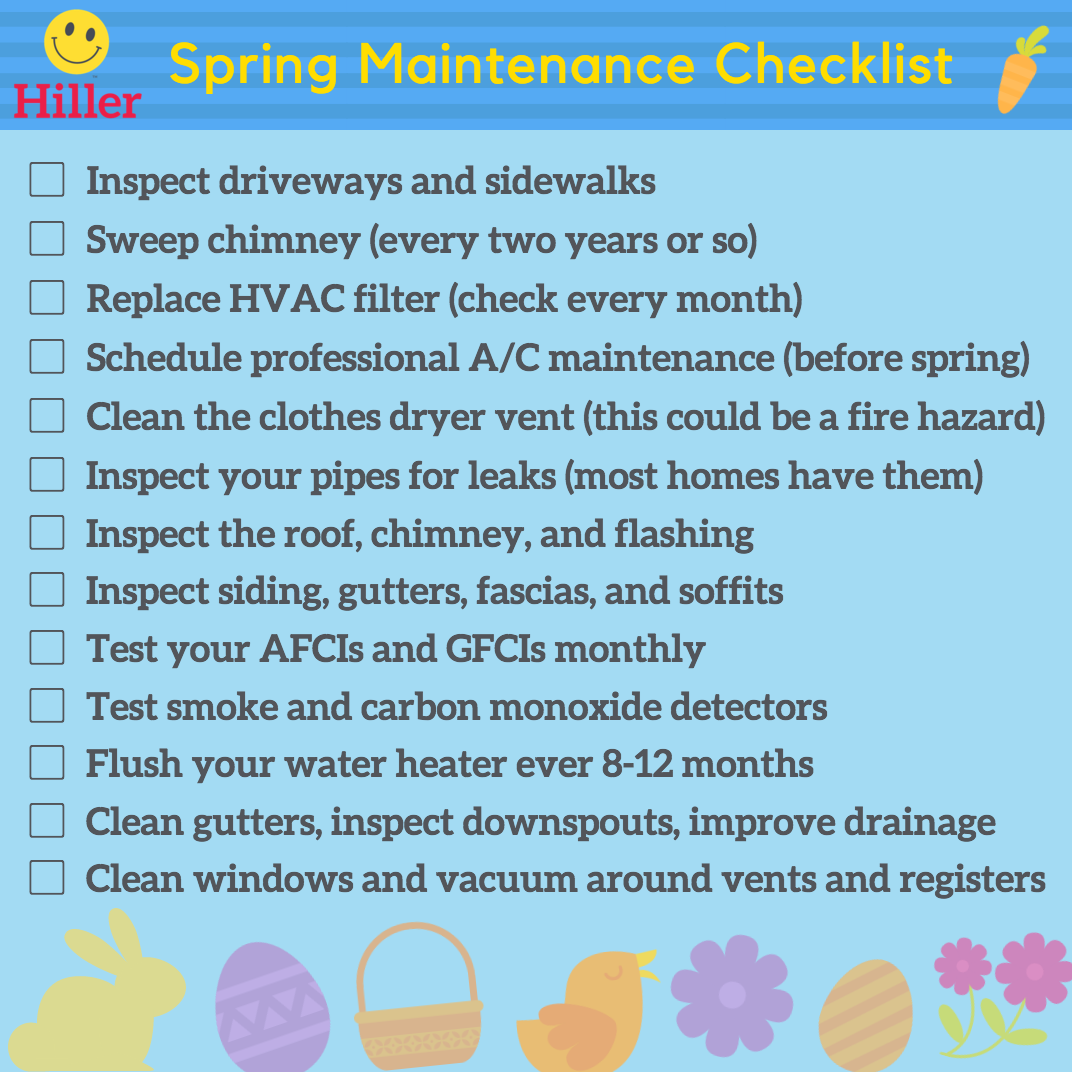Earth Day: Eco-Tips for Saving Energy & Living a Greener Life
Enjoy reading the latest DIY articles and saving money?
Receive our latest helpful hints, tricks and savings, directly to your inbox.
Posted June 1, 2017
Today is Earth Day, but every day we make hundreds of choices that impact our environment and savings. We all share the responsibility for respecting the Earth and choosing healthy and sustainable options that reduce our impact on the environment. Keep it simple with these energy-saving tips.
15 Eco-Tips for Earth Day – How to Save Energy and the Environment
- Clean the coils on the back of your refrigerator and keep you refrigerator and freezer full if you can. Food retains cold better than air, but be careful not to overstuff your refrigerator since airflow is necessary for proper cooling and humidification. The condenser coils on the back of your refrigerator should be vacuumed/cleaned every 6 months. Additionally, remember to periodically inspect and clean your gaskets. This will make your refrigerator operate more efficiently. Calculate the energy consumption of your refrigerator here.
- Drain your water heater of sediment and schedule professional maintenance every year. Also, consider wrapping your water heater tank with an insulating blanket. Follow these 10 Water Heating Tips for more ways to save energy and water.
- Cook in the early morning or at night to reduce the need for air conditioning. Consider using your microwave and toaster oven to heat up food since it will reduce your energy consumption by about 70% compared with your full-sized oven. If you do use your oven, turn it off about 15 minutes before your timer runs up; your food will continue to heat up.
- Don’t use the heat dry setting on your dishwasher. If you are already using the hot-wash cycle, there is no need for heat drying.
- Consider using your large appliances during off-peak hours (typically between 9pm and 7am). To get accurate off-peak times, call your local utility company.
- In the winter, open your blinds and shades to let valuable sun rays into the home; in warmer months, close the drapes and blinds when the sun is out (consider investing in solar drapes and blinds).
- Install dimmer switches to reduce energy consumption and improve ambience. Also, consider switching all of your light fixtures to more efficient LED lights.
- Use light colors to paint your walls so you don’t have to use so many lights.
- Turn off lights and fans when you leave the room. Fans don’t actually cool rooms; they only make you feel cooler by the wind-chill effect.
- Install light timers for your landscape and exterior lighting.
- Schedule an energy audit with a qualified professional to detect energy leaks and inefficiencies in the home.
- Install ceiling fans to supplement your heating and cooling system. In the winter, you can reverse the direction of the blades to push warm air near the ceiling down into the living spaces. According to energy.gov, “If you use air conditioning, a ceiling fan will allow you to raise the thermostat setting about 4°F with no reduction in comfort.” Remember that ceiling fan installation can get complicated. If you do choose to install your own ceiling fans, they will work most effectively if places 7-9 feet from the floor and 10-12 inches below the ceiling.
- Inspect your thermostat and make sure it is not near any heat sources, such as sunlight, lamps, or heat-producing appliances. This will create a false temperature measurement, causing your air conditioner to run longer than it should. Set your thermostat to as high a temperature that is comfortable. You can save around 6-8% off your cooling costs for every degree set above 78 degrees. Consider upgrading to a smart thermostat for even more energy savings. Learn how to optimize cost-savings when you program a thermostat properly.
- Check you air filter every 30 days and replace when necessary (every 1-3 months). This will help improve indoor air quality, reduce HVAC breakdowns, and lower energy bills. If you have an outdoor heat pump or condenser unit, make sure that it is free and clear of debris. There should be a minimum 24-inch clearance around the entire unit, so remove anything in the way and trim back plants and shrubbery. Click here for more DIY air conditioning maintenance tips.
- Inspect your home for air leaks – use weatherproof caulk for gaps smaller than 1/4 inch and expandable foam spray for any openings larger than that. Additionally, install rubber foam gaskets behind all of your electrical outlets, door sweeps on your exterior doors, and weatherstripping around doors and windows.
Use this energy.gov map to locate the most common air leaks in the home:
Additional Water-Saving Tips:
Additional Energy-Saving Tips:
Have a Happy Earth Day!
 Daily Promotion
Daily Promotion
0% Interest for 12 Months on Select New Tankless Water Heater
Purchase Select New Tankless Water Heater & Receive 0% Interest for 12 Months. Click below to see financing terms.
Get Promotion


